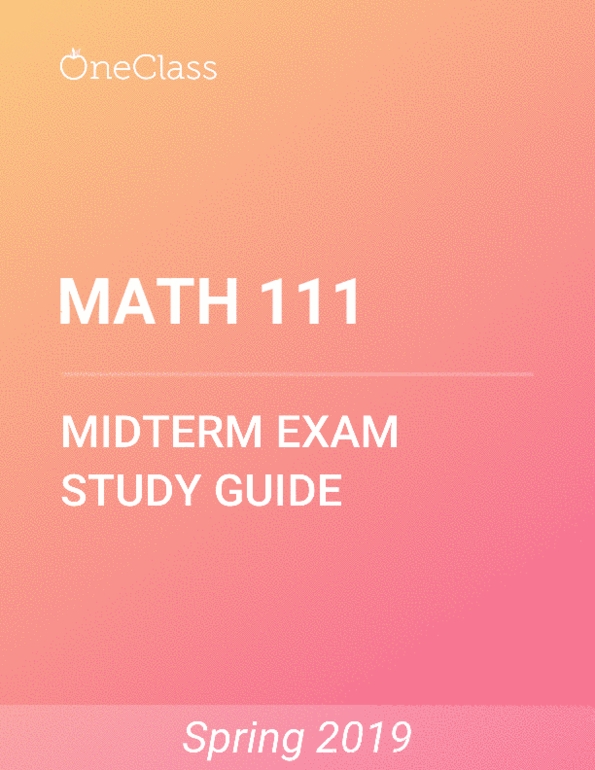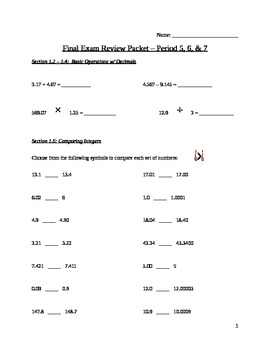

For example, one analysis finds that, of the students who enroll in community college, only 26 percent earn an associate’s or bachelor’s degree after six years (Jacob 2018). (2015) summarize the problem succinctly: “Most students who enter these colleges never finish: fewer than four of every ten complete any type of degree or certificate within six years” (p. However, many who enroll in community college do not complete a post-secondary certificate or degree.


2 Given these differences in cost, it is unsurprising that a 2011 analysis found that “44 percent of low-income students (those with family incomes of less than $25,000 per year) attend community colleges as their first college after high school.” 3 In short, community colleges offer a pathway into higher education for a large share of low-income and minority students.įewer than 40 percent of community college students earn a certificate or degree within six years of enrollment. For 2017-18, the average annual tuition and fees for public, in-district community colleges was $3,570 compared to $9,970 for public, in-state four year colleges. Public community colleges are also more affordable compared to four-year colleges. Furthermore, community colleges serve a large share of the country’s non-white undergraduates: 56 percent of Native Americans, 52 percent of Hispanics, 43 percent of African-Americans, and 40 percent of Asian/Pacific Islanders. In fall 2015, community colleges served 41 percent of all U.S. Indeed, community colleges could play a pivotal role in providing a pathway to upward economic mobility because of their ability to reach a large population of low-income and minority students. Thus, community colleges have substantial unrealized potential to improve the earnings and employment outcomes for those at the bottom of the income distribution. Yet, community colleges, as the institutions of higher education that serve a large share of low-income students, graduate less than 40 percent of students within six years (Bailey et al. Section 1: The problem of low completion ratesĮxtensive evidence indicates that completing a credential or degree beyond a high school diploma, from an associate’s degree all the way up to a doctorate, improves employment outcomes and earnings for individuals (Oyserman 2012 Holzer and Baum 2017 Carnevale et al.
#SC .EDU MATH 111I FINAL REVIEW HELP HOW TO#
Section 4 discusses policy recommendations about how to address these barriers. Sections 2 and 3 discuss the structural and motivational barriers, respectively. Section 1 discusses the role that community colleges play in the higher education landscape, the well-known but intransigent problem of low completion rates, and the value of completing a postsecondary credential or degree. Making it easier for students to navigate the college environment and connect their coursework to their lives can improve student outcomes. 1 The goal here is to spotlight two particular barriers, structural and motivational, that policymakers, colleges, and employers should address to improve students’ prospects. Indeed, addressing educational and financial barriers is fundamentally important to improving community college completion. Many factors contribute to low completion rates, including inadequate academic preparation and financial constraints, despite the relative affordability of public two-year colleges (Holzer and Baum 2017 Goldrick-Rab 2016). This analysis is relevant for community colleges, policymakers seeking to provide students with a viable route to upward economic mobility, employers hoping to strengthen their workforce development partnerships, and philanthropies invested in reducing economic inequality.īefore proceeding, it is important to note that this report is not a comprehensive discussion of all the barriers to completion that community college students face. The key takeaways are that making it easier for students to navigate the college environment and connect their coursework to their lives can improve student outcomes. To address this problem, this report discusses structural and motivational barriers to completion that community college students face, as well as strategies to overcome these barriers.


 0 kommentar(er)
0 kommentar(er)
